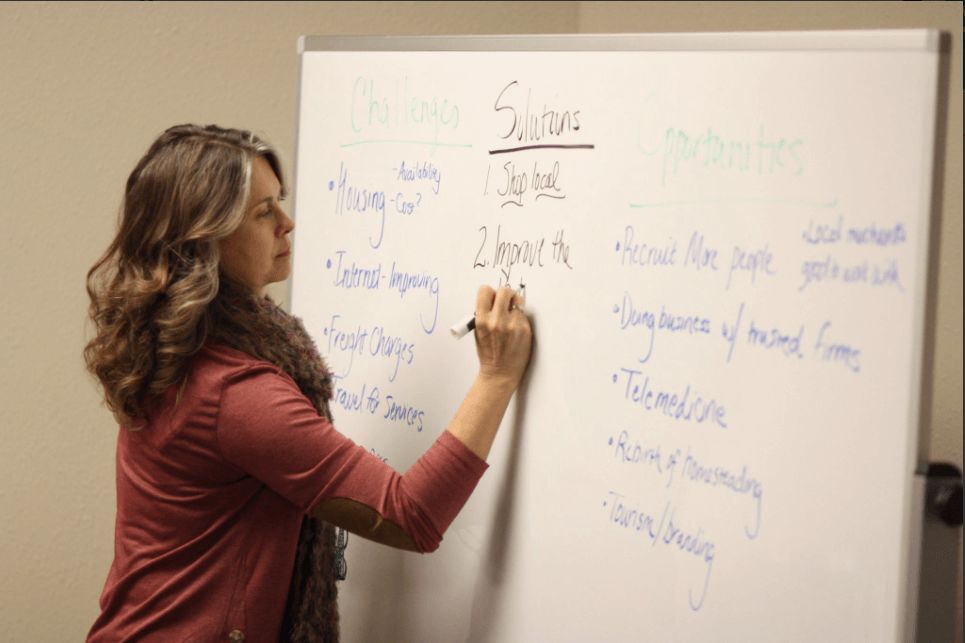Start Small

While many of our partners have done intensive, multi-part solutions series, keep in mind that solutions reporting can be done on a smaller scale. It doesn’t always have to be a project. Daily solutions journalism is doable - think 400 words or less, especially in cases where the problem is already well understood. Make a conscious effort to combat newsroom perceptions that solutions reporting demands more work than good journalism of any sort.
As an editor, you can help your reporters take on solutions projects by making the change seem doable. Find small ways to make solutions journalism a part of daily newsroom culture. Get your reporters to carve out an hour here or there during the day to do background research on solutions stories, in between covering breaking or daily news. When they reach a critical mass of story research, or when an important deadline looms, you can allot them dedicated time to finishing the story.
You can also find ways to integrate solutions journalism into reporters’ existing beats, and even into an individual story. “It doesn’t always have to be a project. If my beat is education, I can integrate solutions journalism into how I cover education,” says Marty Kaiser. Set achievable story goals, outline a clear plan and schedule for achieving them, and work with your reporters to get there. For more tips on this front, read the case study of Bro Krift’s transformation of the Montgomery Advertiser.
